Choosing the Right Location for Your Vegetable Garden
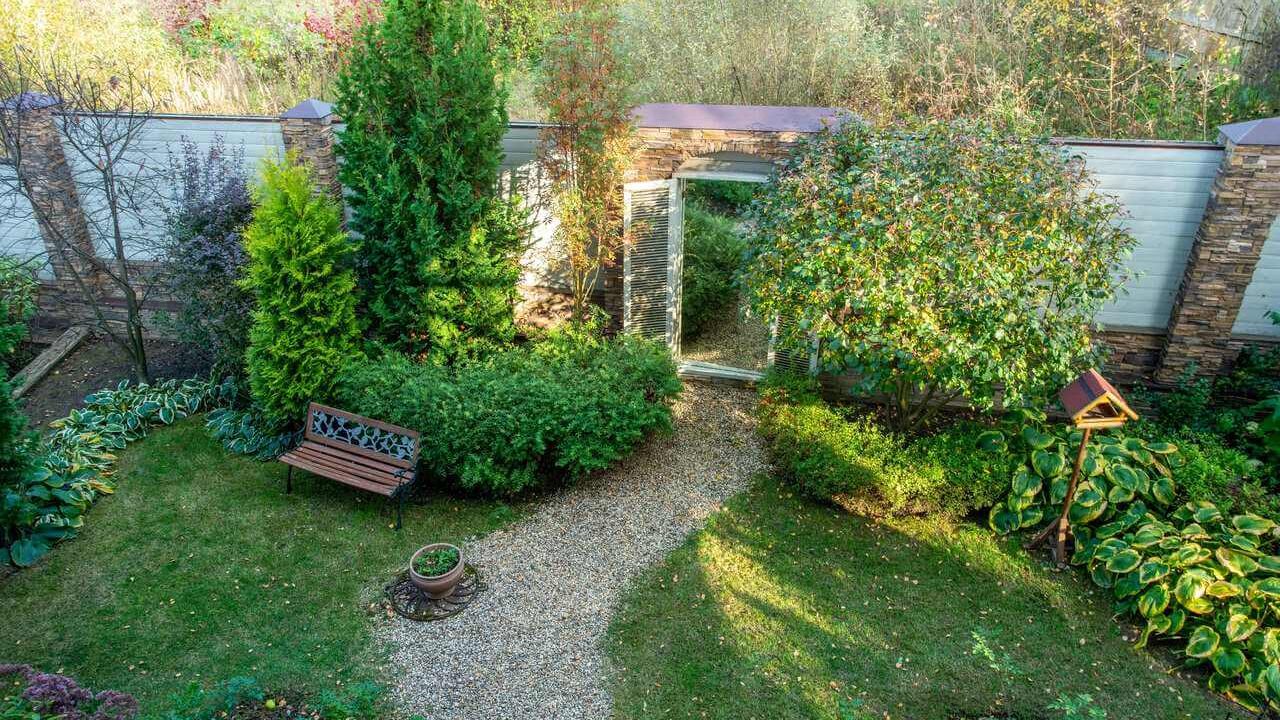
Have you thought about starting a vegetable garden for some time? As the old saying goes, the best time to start was 20 years ago, the next best time is now. After deciding what you want to plant, the next and most important step is choosing the right location.
It’s a big deal because it really affects how well your veggies will grow. In this second part of the series, Starting a Vegetable Garden, I’ll walk you through what you need to keep in mind to find the best place for your new veggie garden. And I’ll cover all the important stuff, so you can get your garden growing in no time.
Diving Deep into Sunlight Requirements When Choosing the Right Location for Your Garden
Sunlight is the lifeblood of any garden, and understanding its role is key to growing vegetables that thrive. Most veggies, especially sun-lovers like tomatoes, peppers, and cucumbers, require at least 6-8 hours of direct sunlight daily.
Take a good look around your yard to identify areas that receive ample sunlight, keeping in mind that south-facing locations often get the most exposure.
However, if you’re planning to grow leafy greens like lettuce, spinach, or kale they’re more flexible and can thrive in areas with a bit of shade.
Soil Quality is the Groundwork of Your Garden
Soil is the foundation of every garden and having quality soil will make a huge difference to your harvest.
When choosing the right location your garden should have soil that’s like a fluffy, nutrient-rich bed for your plants – well-draining, loose, and full of organic matter. Avoid areas with compacted, rocky, or clay-like soil that are more like a ‘hard rock café’ than a ‘luxury bed’.
If you’re faced with less-than-ideal soil conditions, don’t worry. You can transform your soil with some TLC, adding compost and organic matter to improve its texture and fertility.
If you’re dealing with really stubborn soil, raised beds and containers can be a great option. They let you bypass the issues and go straight to premium soil conditions, giving you the upper hand in your gardening game.
Making Watering Hassle-Free When Choosing the Right Location for Your Garden
Ensuring your vegetable garden has easy access to water is a must. It’s all about making watering as convenient as possible.
A nearby water source saves time and effort. It means you’ll spend more time enjoying your garden and less time lugging water around.
If a natural water source isn’t nearby, don’t give up.
Think about installing a drip irrigation system – it’s a smart move that can significantly ease your watering routine. Drip irrigation delivers water directly to the roots of your plants, making it a super-efficient and time-saving solution.
Investing in a high-quality, long hose to reach thirsty plants easily is another option.
Or consider collecting rainwater in barrels as an eco-friendly and cost-effective watering option. It’s great for the plants and kind to your water bill.
Thinking Big in Small Spaces – Size Matters in Your Garden
When it comes to choosing the right location for your garden, size really does matter, but it’s all about using what you’ve got wisely.
Match the size of your garden to your ambitions and the space you have. Starting off small is a smart move – it’s easier to handle and gives you room to grow your skills along with your plants.
And if you’re tight on space, don’t let that dampen your garden dreams. Get creative with vertical gardening – it’s like building skyscrapers for your plants instead of single-level homes.
You can also try container gardening, which is perfect for turning limited spaces into lush, plant-packed areas. Plus, think about the flexibility of portable containers; you can move them around to catch the sun or dodge harsh weather.
With gardening, it’s not just about how much space you have, but how ingeniously you use it.
Mastering Local Weather and Microclimates
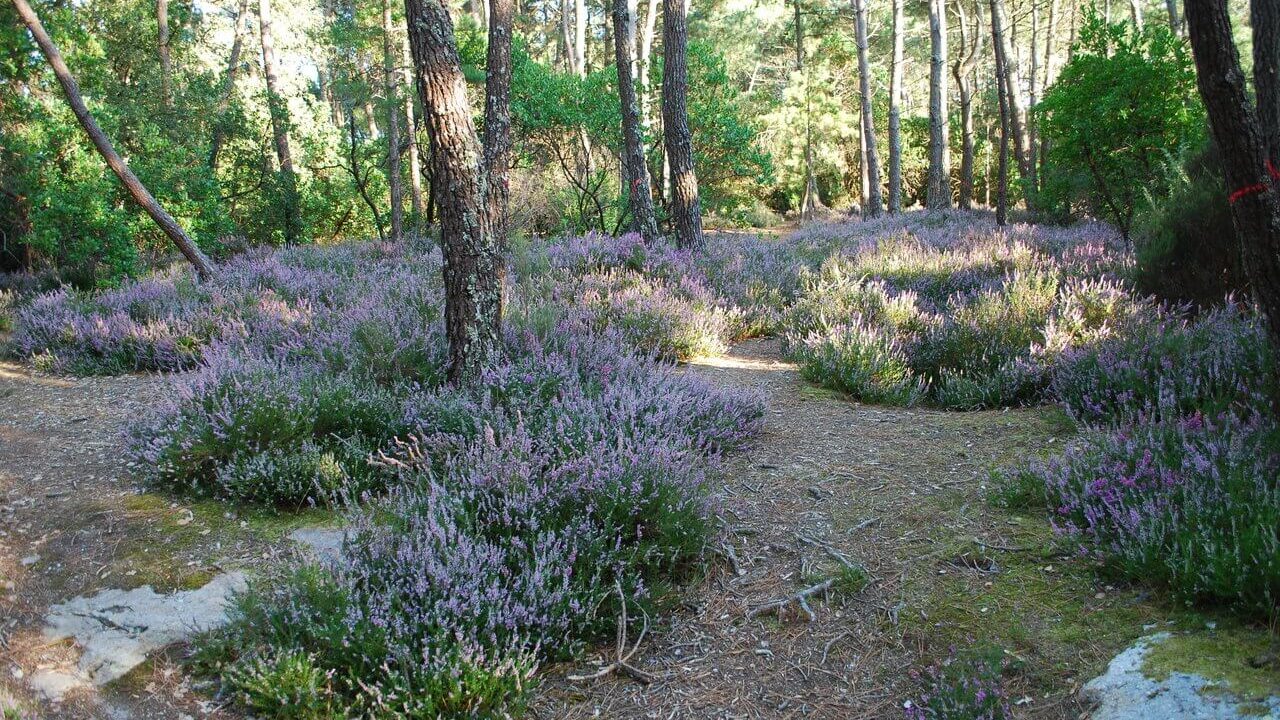
Getting to know your local climate and hardiness zone is like having a secret map for your garden. It guides you on what veggies will thrive and the best times to plant them.
But here’s a pro tip: don’t stop at the big picture – zoom in on the microclimates right in your backyard. These little pockets of unique conditions can be your ace in the hole for growing a wider variety of veggies.
Keep an eye on areas that get different amounts of shade, and wind, or are close to buildings. These spots can have their own mini-climate, making them perfect for plants that need just a bit more (or less) of what Mother Nature offers.
Leverage these microclimates to push the boundaries of what you can grow. And remember, understanding your garden’s climate isn’t just about following rules – it’s about playing with possibilities.
Shielding Your Garden Against Nature’s Whims
Choosing a spot for your garden that also offers a shield from nature’s harsh elements is key.
Think of natural windbreaks like fences or dense shrubbery. These can be lifesavers for your plants, standing guard against harsh winds.
But don’t just stop at wind protection. Consider the impact of frost and extreme weather.
Be ready to step in with some protective measures like cloches or row covers when the weather decides to throw a curveball. These handy protectors can make a world of difference in safeguarding your veggies.
Also, consider setting up structures for shade to protect your plants from scorching summer sun.
It’s all about creating a cozy environment for your garden to flourish, come rain or shine!
Keeping Your Garden Close and Convenient
Having your garden near your home isn’t just convenient, it’s a strategic move. It makes maintenance, taking care of your plants, and harvesting your bounty a breeze. Plus, you can keep a closer eye on your plants.
But it’s not just about ease and supervision. Consider how your garden can complement your home’s aesthetics.
Imagine looking out to see a vibrant patch of greenery, blending the aesthetic appeal with practicality. Find that sweet spot where your garden’s charm enhances your home’s look while keeping your gardening tasks manageable.
This balance is the ideal spot and is like having nature’s artwork right at your doorstep.
Pests and Wildlife Strategies in Your Garden
When planning your garden, remember you’re not just planting for yourself but potentially for the local wildlife and pests too. Picking a location that’s less inviting to these uninvited guests is a smart start.
But let’s go beyond just location. Arm yourself with nature-friendly pest control tactics.
Think about companion planting – it’s like having a plant buddy system that naturally keeps pests at bay.
Also, consider installing fences or barriers that are more about saying ‘keep out’ to critters without harming them.
And plan to attract some natural allies. Birds and beneficial insects can be your garden’s defenders, keeping the pest population in check.
So, while you’re planning your garden layout, spare a thought for these proactive pest prevention strategies. It’s all about coexisting peacefully while protecting your green haven.
Understanding the Legalese of Local and Community Rules
Before you break ground on your new garden, there’s some homework to do – and it’s not the fun kind with dirt and seeds.
Check into the local regulations and community guidelines that might impact your garden plans. This means getting familiar with zoning laws, being clear on property lines, and if you’re part of a homeowners’ association, checking their rule book.
It’s not just about following the rules; it’s about harmonious living with your neighbors and community.
Plus, understanding these guidelines can save you from future headaches and ensure your garden is a source of joy, not disputes.
Think of this step as laying the groundwork for a hassle-free gardening journey.
Laying the Groundwork for a Flourishing Garden
Choosing the right location for your vegetable garden is more than a choice – it’s the first step towards your gardening success. Don’t rush this process.
Take a stroll around your potential garden spaces, keeping in mind all the factors we’ve talked about: basking in sunlight, the richness of the soil, convenient water access, protection from harsh elements, and the practicalities of proximity to your home.
Also, consider the local wildlife and legal aspects to avoid any surprises down the line.
By combining careful consideration with a bit of effort, you’re setting yourself up for a rewarding gardening experience.
Imagine the satisfaction of harvesting your own veggies, a tangible result of your dedication and love for gardening.
Remember, each decision now contributes to the success of your garden in the future.
Happy gardening!
Choosing the right location for your vegetable garden is the second article in the series, Starting a Vegetable Garden.
Kim Nelson was first introduced to gardening as a child by her grandmother and her parents. As an adult, she designed and built her gardens while living in the Colorado mountains, and is currently gardening at her new home in North Texas.

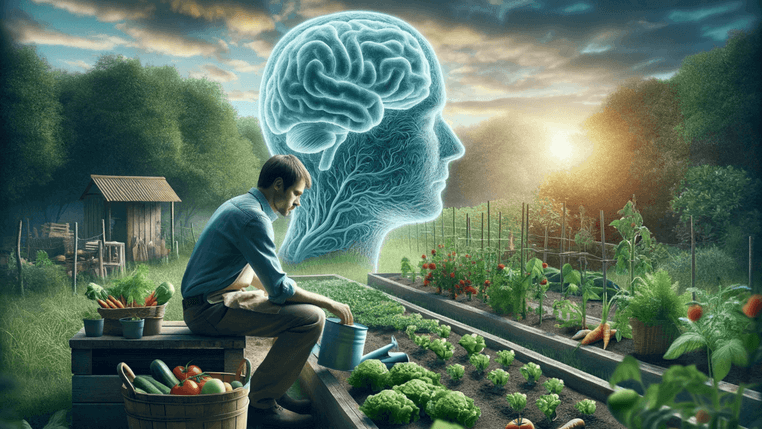

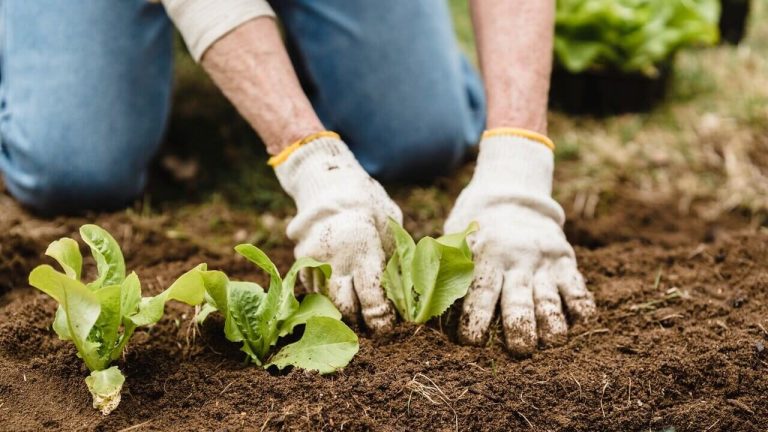
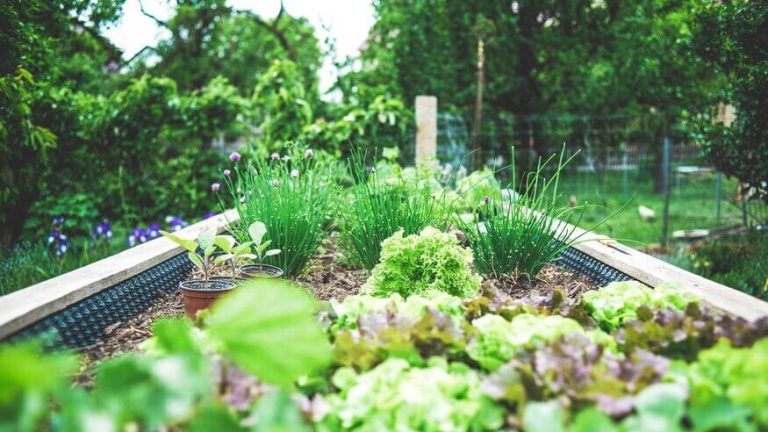
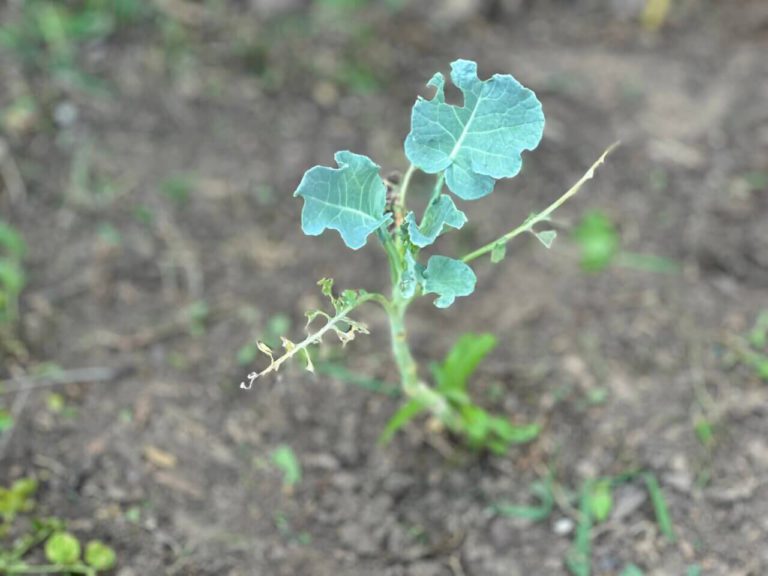
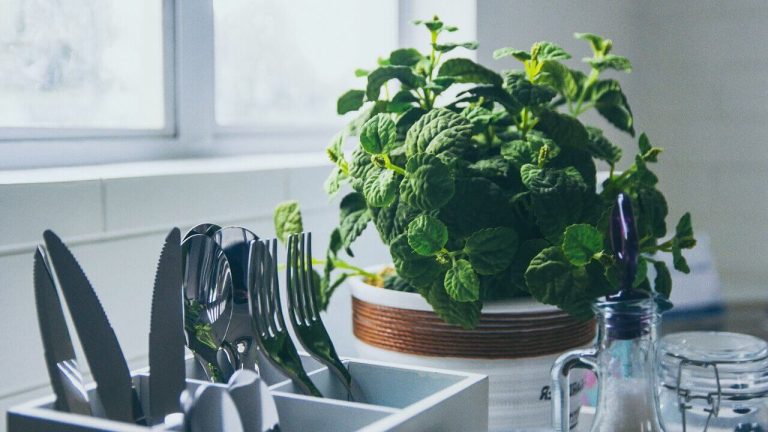
One Comment
Comments are closed.